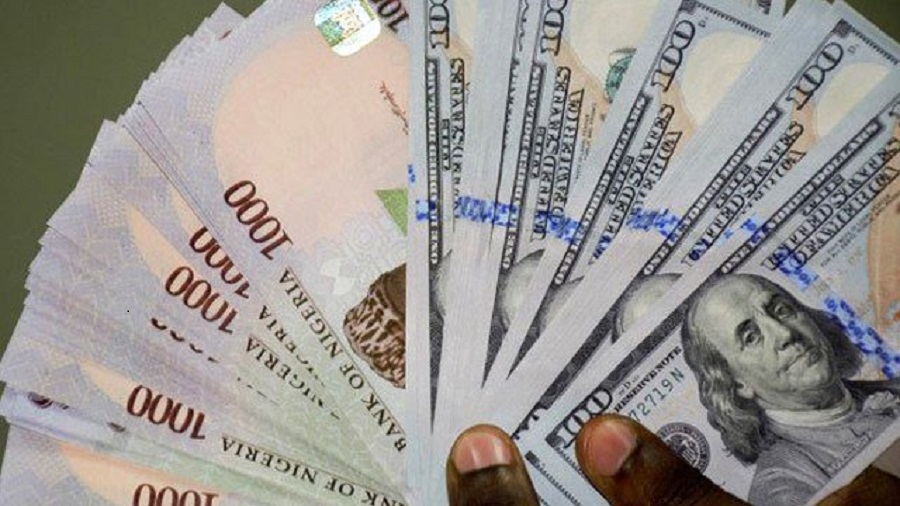
Naira approaches N1,500/$ margin, as dollar index surges by 80 basis points
The Naira posted significant losses against the haven currency at the last reading session of the week as investors increased their buying pressure on the greenback.
The Naira lost ground against the dollar in the black market, falling from N1,485 on Thursday to N1,495 on Friday, as short sellers attempted to breach the N1,500/$ support level once again.
Similarly, FMDQ data showed that the local currency fell against the dollar in the unofficial market on Friday, dropping to N1,483.99 from N1,481.49 on Thursday.
These changes occurred despite an increase in foreign exchange transaction volume from $213.31 million on Thursday to $269.27 million on Friday.
The world’s largest economy generated significantly more jobs last month than anticipated, resulting in a stronger U.S. dollar on Friday and raising the possibility that the Federal Reserve may delay its easing cycle this year.
The dollar index, which compares the greenback’s strength to six main rivals, with the euro leading the pack, increased by 0.8 percent to 104.91 index points, marking the most significant daily rise since April 10.
The robust jobs report for the week helped the index gain 20 basis points, countering a string of poorer macro data points that had earlier led investors to reconsider two quarter-point Fed rate cuts in 2024.
According to the data, nonfarm payrolls in the United States increased by 272,000 jobs last month. However, adjustments revealed that 15,000 fewer jobs were created in March and April combined than initially reported. Reuters polled economists, who predicted payrolls would increase by 185,000.
The average hourly wage increased by 0.4 percent in May following a 0.2 percent decline in April. After an upwardly revised 4.0 percent annual growth the previous month, wages rose 4.1 percent in the 12 months ending in May.
However, in April, the jobless rate increased slightly from 3.9 percent to 4 percent, breaking a record that stood for 27 consecutive months.
As the DXY index breaks above the important Simple Moving Averages (SMAs) of 20, 100, and 200 days, a turnaround in the index’s performance is becoming increasingly visible. A recovery to bullish momentum was indicated by the Relative Strength Index (RSI) shifting back above 50, and an increase in buying activity was suggested by the Moving Average Convergence Divergence (MACD) continuing to print lower red bars.
The DXY bulls need to hold the crucial resistance level at 104.40, which they reclaimed following the positive jobs report, to maintain a bullish view.
During its policy meeting the following week, the FOMC did not anticipate changes. Based on the job statistics, LSEG’s rate likelihood tool indicates that the rate futures market has priced in only one 25 basis point decrease this year, likely at the November or December meeting.
After the jobs report, the likelihood of a rate drop in September decreased to roughly 50.8 percent from 70 percent late on Thursday.




